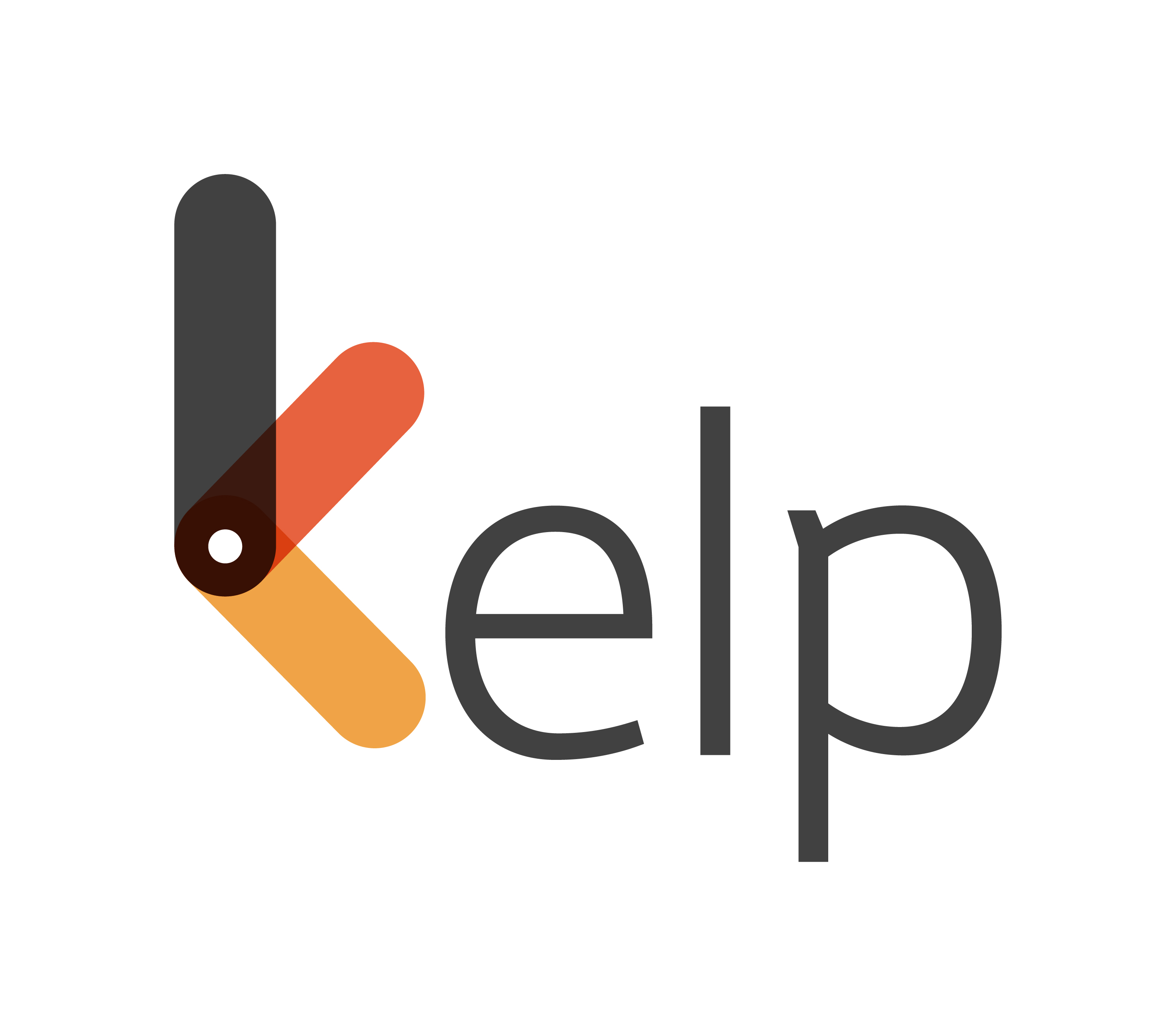In today’s changing times, a focus on Diversity, Equity, and Inclusion (DEI) is important for any forward-thinking business strategy. As the business landscape continues to grow, organisations are increasingly embracing and implementing DEI initiatives for competitive advantage in the long-term. However, the key is not merely the implementation of DEI initiatives but rather assessing its impact on bringing in meaningful transformation. This blog will discuss the importance of DEI initiatives and different strategies that can be applied to measure their success, as well as some critical statistics to illustrate the current status of DEI in the job market.

Unveiling: DEI Statistics You Should Know
To understand your organisation’s context of DEI, it is imperative to know the current landscape of DEI worldwide. Here are some really interesting statistics:
1. 56% of employed U.S. adults agree that an increased focus on DEI at the workplace has been beneficial —Pew Research Center.
2. 61% of workers report that their employers have processes for ensuring equitable treatment in recruitment and promotion.
3. Well-implemented DEI programs positively impact the financial results of the concerned firm; on average, the diverse firms make 2.5 times higher cash flow for every employee.
4. Inclusive teams are 35% more productive.
While DEI initiatives have gained widespread popularity, and organisations are seeing promising results in employee satisfaction and financial performance, true integration remains elusive. As per BCG research, a mere 8% of firms have reached the ‘frontrunner’ stage, where DEI is not just a program but an intrinsic part of the organisational DNA.
Understanding DEI Initiatives
DEI initiatives are practices that promote establishing a diverse and inclusive workplace. They aim to create an environment where employees feel valued, empowered, and inclusive rather than just bare compliance. Just like any other strategic business imperative, DEI requires a well-defined plan.DEI initiative requires a holistic approach, encompassing a precise diagnostic to pinpoint the organisation’s DEI maturity level, a compelling DEI vision and mission that resonate with the broader organisational goals, a range of impactful DEI awareness and training initiatives, and a system of meaningful metrics to monitor progress and demonstrate results.”
Why Is Measuring DEI Initiatives Important?
Measuring DEI initiatives is crucial for several reasons:
- Demonstrates ROI: Quantifying the impact of DEI programs helps demonstrate their value to leadership and stakeholders.
- Identifies Gaps: Metrics can reveal which initiatives are effective and where adjustments are needed, such as pay disparity, underrepresented groups needing representation, limited opportunities for advancement, etc.
- Drives Accountability: Tracking progress against goals ensures accountability and motivates continuous improvement. Organisations should hold themselves accountable for their commitments to diversity and inclusion.
- Enables Informed Decision-Making: Organisations can make informed data-driven decisions about where to utilise their resources and create the most impact.
- Substantiates Value: The ability to show measurable outcomes around DEI programs helps organisations make a strong case for the business value of diversity and inclusion.

Key Metrics in Measuring DEI Initiatives
Effective measurement requires identifying relevant metrics that align with your organisation’s specific DEI goals. Some key metrics include:
- Workforce Demographics: Tracking the percentage of employees from different demographic groups at various levels of the organisation reflects diversity.
- Retention Rates: Measuring the retention rates of diverse groups compared to overall employee retention rates.
- Promotion Rates: Analysing the promotion rates of different demographic/underrepresented groups to compare them with organisational advancement opportunities
- Employee Engagement and Satisfaction Surveys: Conducting and assessing employee surveys to measure inclusion index regarding perceptions of inclusiveness and belonging in the workplace.
- Training Participation: Tracking employee participation in DEI training and measuring its impact on attitudes and behaviours.
- Pay Equity: Comparing the compensation of employees from different demographic groups for similar roles.
- Employee Resource Groups (ERGs) Participation: Engaging with ERG groups that gauge support in motivating people working within the organisation.
Strategies for an Effective Measurement
To ensure effective measurement and actionable recommendations, consider the following strategies:
- Goals: Frame each DEI initiative with a set of clear and specific goals to be achieved and measurable outcomes. This will clarify how to carry out measurement efforts and follow the progress from the onset.
- Technology: Implement technology-driven systems for capturing and analysing data on relevant metrics. This will enhance the reliability of the data and provide real-time insights.
- Data Gathering: Integrate data from HR systems, employee surveys, focus groups, leadership conversations, and exit interviews for quantitative and qualitative data to gain truer and more objective insights.
- Reporting: Create a regular reporting and review cadence concerning DEI metrics that keep stakeholders informed about areas of progress and concern.
- Benchmarking: See how your metrics compare with the industry standard or analogous organisations to pinpoint areas needing enhancement.

The Role of Diversity and Inclusion Training
Diversity and inclusion training furthers the DEI agenda by disseminating relevant knowledge and skills that encourage coworkers to create an inclusive work environment. The effectiveness can be evaluated in several ways:
- Evaluation of Participants Pre- and Post-Training: Evaluation of the knowledge level and understanding of the participants before training.
- Changes in Behaviors: In post-training evaluation, behaviour and attitudes in the workplace can be assessed by follow-up surveys or observations.
- Monitoring Long-Term Impact: Determine if training produces long-term changes in organisational culture, ambient metrics will be tracked continually.
Conclusion
The DEI (Diversity, Equity, and Inclusion) initiative is not solely focused on numerical measurements related to roadway cleaning; it is also about fostering an environment that respects diversity and values equity for all employees. By implementing effective measurement strategies, organisations can hold themselves accountable, identify gaps, improve decision-making, and create a more inclusive atmosphere. As we embark on 2025, companies must view DEI efforts as ethical imperatives and integral components of their operational strategies. Remember that DEI is a journey, not a destination, and consistent measurement is essential for navigating that journey successfully.








